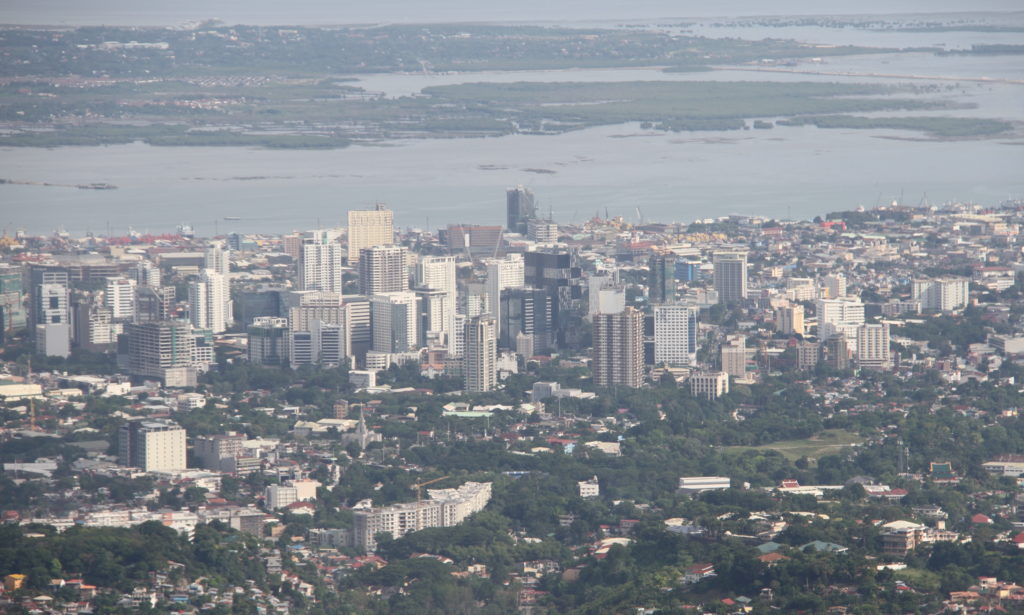
Parts of Cebu City are seen in this photo taken on September 26, 2020. CDN Digital photo | Brian J. Ochoa
CEBU CITY, Philippines – The Department of Health in Central Visayas (DOH-7) has recommended for the entire region to remain under the most relaxed form of community quarantine.
“We’re still not qualified to shift to the ‘new normal’. It’s better for us to maintain the MGCQ (modified general community quarantine) status,” said Dr. Mary Jean Loreche, spokesperson of DOH-7.
Loreche, in a virtual press conference on Monday, September 28, 2020, said Central Visayas is at risk of facing a new surge of coronavirus disease 2019 (COVID-19) if it further eases its quarantine restrictions. This despite the fact that the region has successfully flattened the coronavirus epidemic curve, she said.
“Even we have proudly announced that we have flattened the curve, we cannot go back yet to our normal lives prior to the COVID pandemic,” said Loreche.
Downgrading the community quarantine status could lead to complacency which, she said, could also result in a new wave of COVID-19 cases.
“Because if you’re going to remove the restrictions that go along with MGCQ, and everyone is back to normal, the discipline and gains we sustained in flattening the curve will be gone in a single moment, and can put us back to face a surge of new cases,” she explained.
Data from DOH-7 showed that Central Visayas has documented a total of 20,827 confirmed COVID-19 cases as of September 27, 2020, with 17, 853 are recoveries while 1,261 were mortalities. The region’s active cases, or patients still infected with SARS-CoV-2, is at 1,713.
Last September 1, the Inter-Agency Task Force for the Management of Emerging Infectious Disease (IATF-MEID) placed the cities of Cebu, Mandaue, Lapu-Lapu, Talisay, and the towns of Minglanilla and Consolacion under MGCQ.
In effect, this placed the entire Central Visayas in an MGCQ mode. The status, however, is expected to last until September 30.
New normal
Meanwhile, the national government earlier announced that they are looking to put provinces in the country which have already recorded zero COVID-19 cases for the past weeks under a new classification called the ‘new normal.’
According to the IATF’s omnibus guidelines on the implementation of community quarantine, “new normal” refers to the “emerging behaviors, situations, and minimum public health standards that will be institutionalized in common or routine practices and remain even after the pandemic while the disease is not totally eradicated through means such as widespread immunization.” / with reports from Inquirer.net
READ MORE: Coronavirus-free areas may be placed under ‘new normal’ status – Palace
/bmjo

